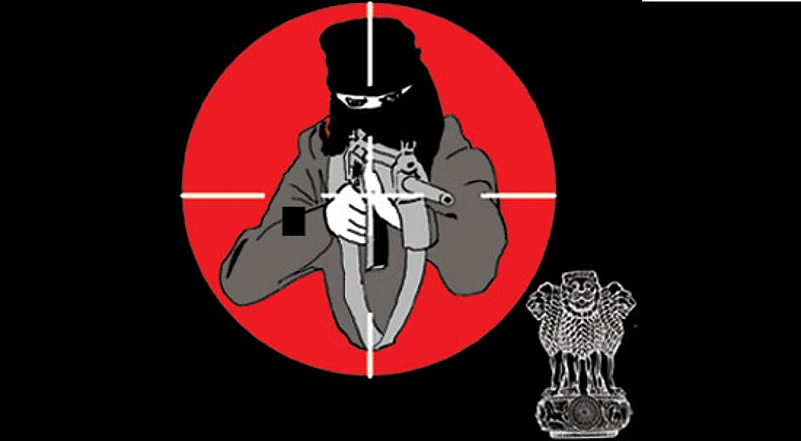A former professor of JNU recently went as part of a citizens’ fact-finding team to a Maoist-dominated district where one of his former students was the superintendent of police. It was a proud moment for the officer, who touched his teacher’s feet and had photographs of their meeting taken. But when the professor casually expressed his desire to go across a river and meet the Maoist cadres for their version of things, the team having already met government officials and members of the local vigilante group, the officer curtly said, “Sir, if you cross the river, you’ll be on the side of the enemy and may get shot by us.” I have withheld the names of the professor and the officer and of the place where this meeting took place to save them public embarrassment from a private chat. But in their conversation is a reflection of the accepted wisdom in all Naxalite-ridden states, whether centrally-ruled Jharkhand, Left-ruled West Bengal or BJP-ruled Chhattisgarh: there can be little or no scope for a civil engagement with the Naxal militants, even through non-militant albeit non-establishment groups.
That the State isn’t encouraging of such a middle ground was clear from a) home minister P. Chidambaram’s speech to the Lok Sabha last month that “clearing out” Maoist-held areas was a precondition for initiating development work there, and b) the subsequent large-scale redeployment of paramilitary forces and preparations for an army offensive, beginning with Dantewada. The minister’s statement at the chief ministers conference on August 17 seemed nuanced, but its offer of talks with the ultra-left militants sounds more like an exhortation to surrender than a proposal for political engagement through structured dialogue of the kind that took place between Nepal’s parliamentary parties and the Maoists. “Restoring order”, it seems, is more important to Chidambaram than undertaking “development activities”.
One does not have to be a Maoist supporter, or, for that matter, in full agreement with Arundhati Roy at her subversive best to point out the flaw in the approach. Just consult the report submitted last year by a committee the UPA government itself appointed. Chaired by Debu Bandopadhyay, a former rural development secretary, the Expert Group on Development Issues to Deal with Causes of Discontent, Unrest and Extremism said in its report that after the insurgency in Naxalbari was crushed by force in the late 1960s, it has spread from one police station, one district and one state to 560 police stations, 160 districts and 14 states even though the police budget to counter Naxal activity has increased a thousand times during the decades since then. This is because the basic craving for justice and equity, which spawned far-left extremism in the first place, was never addressed. Chidambaram’s proposed operations are going to cost much more in terms of human lives and resources, but placing arms above amelioration, one fears, will only escalate the insurgency, even spread it further to newer territories.
The expert group also noted that, besides the ideological motivation for violence, it is the craving for equity and justice, denied by a brutish State, that propels Maoist expansion. Its report suggests that if exploitative land relations were a trigger for Naxalbari, the massive displacements caused by mega projects, often with unfair compensation packages, is the trigger for the current phase of Naxal expansion. Some six crore people have been coercively displaced by mega projects since 1951, of whom not more than 20 per cent were properly rehabilitated. The Maoist-dominated areas in central India are coterminous with areas of massive forcible displacement. The expert group has clearly identified equity and justice issues relating to land, forced displacement and evictions, extreme poverty and social oppression, livelihood, malgovernance and police brutality as being behind Maoist expansion. More than development, this is also a question of rights. Ensure that they have it and people will accept these rights with both hands, dropping their arms, despite any ideological prodding.
And an aside to the Maoists. If the State has failed for four decades to repress by violence the people’s craving for justice, the number of civilians killed in the “revolutionary war” every year remains three to four times more than the number of policemen killed and about twice more than their own armed or political cadres. Even so the post-revolution utopia of Maoist dreams is not in sight. Meanwhile, a spiral of violence triumphs over the quest for justice.
















